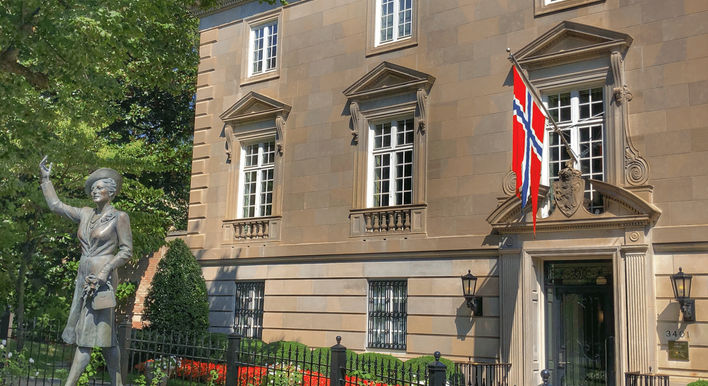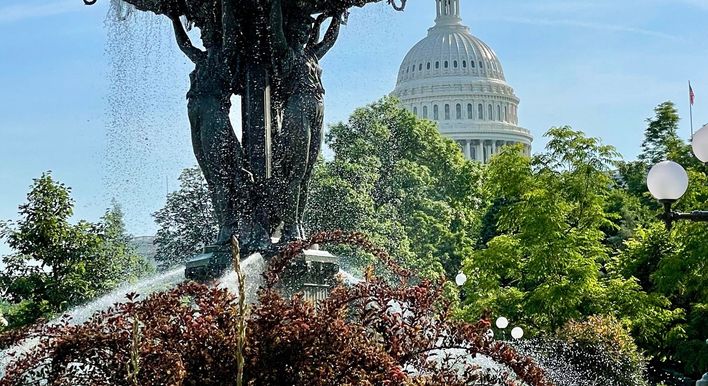On the four corners of Lafayette Square across the street from the White House are statues of heroes of our Revolutionary War, without whom, victory would have been very difficult. And they all have one thing in common: None of them were American.
A tour we think you'll love
Marie-Joseph Paul Yves Roch Gilbert du Motier, Marquis de La Fayette was born into the French nobility. Inspired by revolutionary ideals, Lafayette arrives in America when he’s 20 years old. He meets Washington, the two would become fast friends, and joins the Continental Army. He fights at Brandywine and endures Valley Forge. Then he returns to France to rally support for the American cause. He secures 6,000 troops under General Rochambeau and returns to America and takes part in the Battle of Yorktown that finishes off the British. He returns home and is later a leader in the French Revolution and is remembered today as a hero of both countries.
When Lafayette dies in 1834 the President Jackson orders that he receive the same honors as a president and both chambers of Congress are draped in black for thirty days. He is buried in Paris. Covering his grave is soil from Bunker Hill.
And speaking of Rochambeau, Jean-Baptiste Donatien de Vimeur, comte de Rochambeau, (shockingly, yet another French aristocrat) is on the southwest corner. Rochambeau is an experience military officer. And the French assign him the job of commanding their land forces in the alliance to help the Americans beat the British. Washington and Rochambeau combine their forces with Lafayette’s and defeat Lord Cornwallis at the Battle of Yorktown. This proves to be the decisive battle of the war that sends the British packing. It could not have been won without our French allies.
Andrzej Tadeusz Bonawentura Kościuszko is military engineer. He was born into an aristocratic family in the Grand Duchy of Lithuania, then part of the Lithuanian-Polish Commonwealth. And he never shied away from a fight. He defends Lithuania-Poland against the Russians and the Prussians on numerous occasions.
He’s learns of America’s revolution and is drawn to its ideals. He travels to Philadelphia and applies to join the army. He builds the fortifications at West Point, the one Benedict Arnold tried to hand to the British, and distinguished himself in battles in New York, South Carolina, Virginia, and North Carolina. Throughout the Revolution he carries an old Spanish sword inscribed with the words “Do not draw me without reason; do not sheathe me without honor.” When he’s done in America, he heads back to again defend his homeland.
Friedrich Wilhelm August Heinrich Ferdinand von Steuben was born into a military family and served in the Prussian army. Rumors that von Steuben was gay (he probably was) jeopardized his military career, so he decided to volunteer his services to the Americans. He arrives here in 1777 with Azor, his Italian greyhound. Von Steuben’s greatest contribution is teaching the Americans how to be soldiers. He drills this motley collection of farmers and shop keepers into a real army. He couldn’t speak much English, but it was said that he could swear in several languages. And it works. The American army becomes an effective fighting force thanks to him.
He writes a drill manual that was used by the army into the 1800s and his tactics were used in the Mexican American war in 1848. Von Steuben becomes a US citizen and lives the rest of his life in New York.
These four come from far away for different reasons. One is ordered, another wants a new start, two are looking for adventure, but all are committed to a cause. None are from here and all, but one will go home when the war is won. But just as today, the nation we know would not be possible without the contributions of foreigners.
Further, without these four, we wouldn’t be singing our national anthem before baseball games. We’d be singing God Save the Queen before cricket matches.









